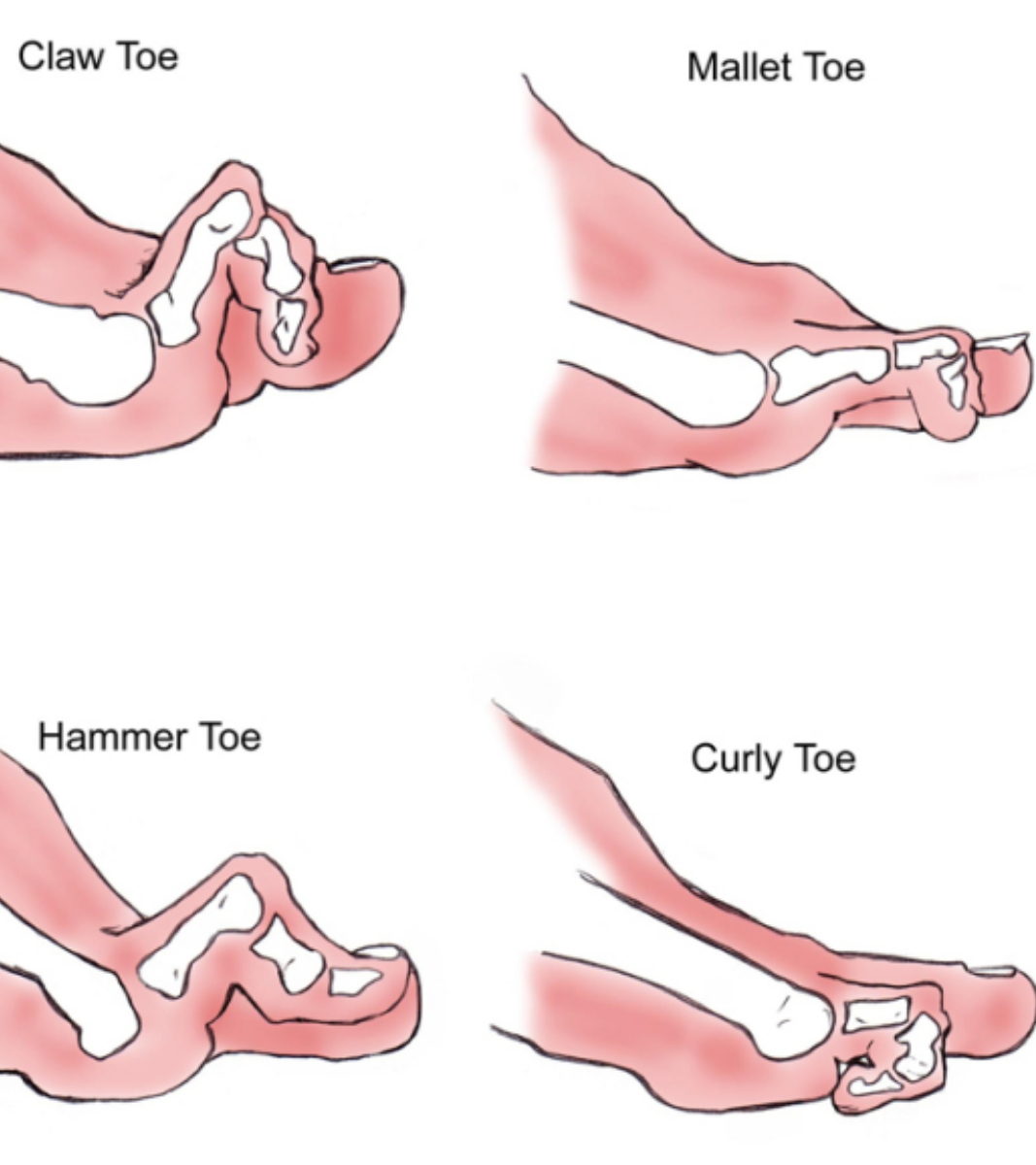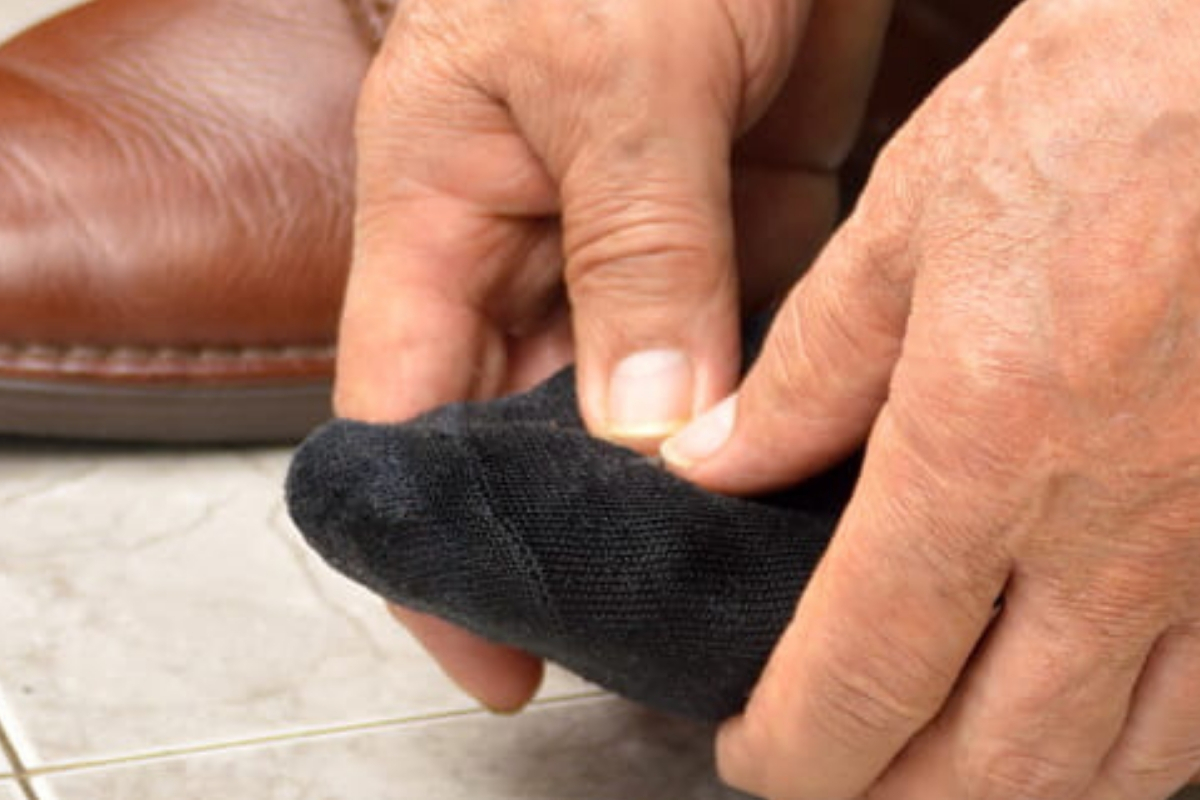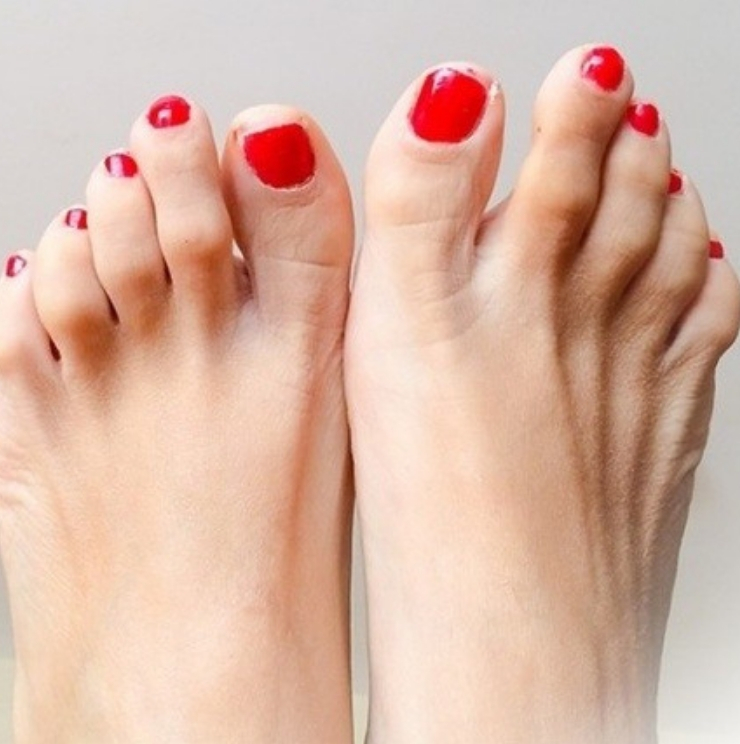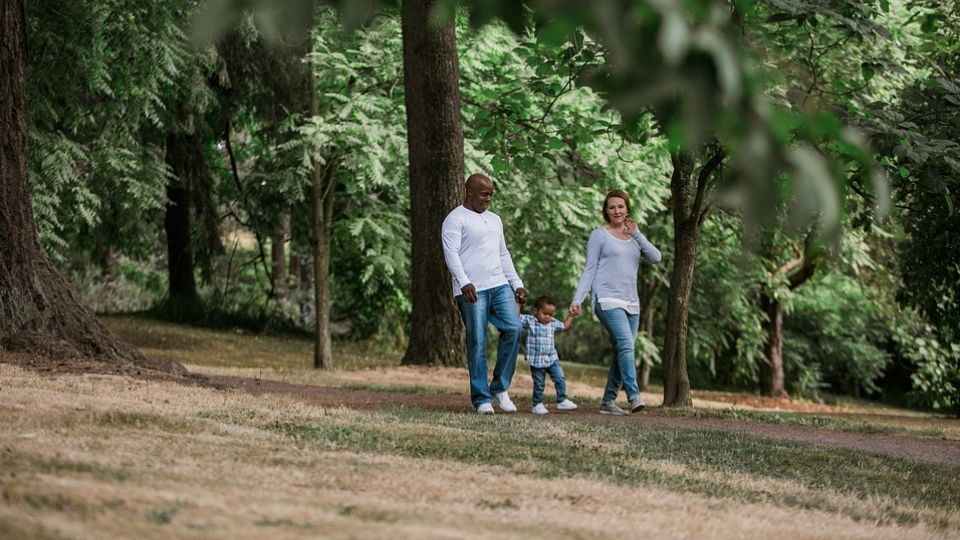Do you require any assistance? Simply reserve your appointment online below
Hammer, Claw and Mallet Toes
Relieve your toe pain
Hammer, claw and mallet toes are foot deformities that occur due to an imbalance in the muscles, tendons or ligaments that normally hold the toe straight.
These are toes that are bent into an odd position. They may look strange or may hurt, or both. These toe problems almost always happen in the four smaller toes, not the big toe.
- A hammer toe bends down toward the floor at the middle toe joint. This causes the middle toe joint to rise up. It usually affects the second toe. Hammer toes often occur with bunions
- Claw toe often affects the four smaller toes at the same time. The toes bend up at the joint where the toes and the foot meet. They bend down at the middle joints and at the joints nearest the tip of the toes. This causes the toes to curl down toward the floor.
- A mallet toe bends down at the joint closest to the tip of the toe. It often affects the second toe, but it may happen in the other toes too.

Symptoms of Hammer Claw and mallet toes

Hammer Claw and mallet toes feature an abnormal bend in the joints of one or more of your toes.
Moving the affected toe may be difficult or painful. Corns and calluses can result from the toe rubbing against the inside of your shoes.
In more severe cases, these toe problems may affect your balance and make it hard to walk.
What causes Hammer Claw and mallet toes?
Tight shoes are the most common cause of these toe problems. Wearing tight shoes can cause the toe muscles to get out of balance.
If a shoe forces a toe to stay in a bent position for too long, the muscles tighten and the tendons shorten, or contract. This makes it harder to straighten the toe. Over time, the toe muscles can’t straighten the toe, even when you aren’t wearing shoes.
These toe problems form over years and are common in adults. Women are affected more often than men because they are more likely to wear shoes with narrow toes or high heels.
What factors increase your risk of these conditions?
Toe length. If your second toe is longer than your big toe, it’s at higher risk of hammer, claw or mallet toe.
- Age. The risk of hammertoe and mallet toe increases with age.

Prevention of Hammer Claw and mallet toes

You can avoid many foot, heel and ankle problems with shoes that fit properly. Here’s what to look for when buying shoes:
- Adequate toe room. Avoid shoes with pointed toes.
- Low heels. Avoiding high heels will help you avoid back problems.
- Adjustability. Laced or strapped shoes are roomier and adjustable.
These additional tips can help you buy the right shoes:
- Buy shoes at the end of the day. Your feet swell throughout the day.
- Check your size. As you age, your shoe size might change — especially the width. Measure both feet and buy for the larger foot.
- Buy shoes that fit. Be sure shoes are comfortable before you buy them. If necessary, a shoe repair store might be able to stretch shoes in tight spots, but it’s better to buy them to fit.
Keeping you on your toes
How are hammer, claw and mallet toes diagnosed?
During the physical exam, your doctor will look at your foot to see if the toe joint is fixed or flexible. A joint that has some movement can sometimes be straightened without surgery. A fixed joint often requires surgery.
If you are thinking about having surgery to correct your problem, you may need:
- An X-ray to help the doctor decide what type of surgery would be most helpful.
- Blood flow testing, if your foot seems to have poor blood flow.
- Nerve testing if your doctor thinks you have nerve problems in your foot. If this is the case, you may need to see a neurologist, a doctor who specializes in brain, spine, and nerve problems.

Treatment of hammer, claw and mallet toes

If your toe is still flexible, your doctor might recommend that you change to roomier, more comfortable footwear and that you wear shoe inserts (orthotics) or pads. Inserts or pads can reposition your toe and relieve pressure and pain.
In addition, your doctor might suggest exercises — such as picking up marbles or crumpling a towel with your toes — to stretch and strengthen your toe muscles.
Will you need surgery?
Surgery is used only for severe toe problems. You may need surgery if other treatments don’t control your pain, if your toe limits activity, or if you can’t move the toe joint.
For fixed toe problems, doctors often do surgery on the bones. Doctors can often treat flexible toe problems by moving tendons to release tension on the joint and let the toe straighten.
Your surgery options may include one or more of the following:
- Removing part of the toe bone. This is called phalangeal head resection, or arthroplasty.
Removing part of the joint and letting the toe bones grow together. This is called joint fusion, or arthrodesis.
- Cutting supporting tissues or moving tendons in the toe joint.
- Getting a toe implant to replace a bent joint or straighten a toe.
- In rare cases, removing the toe (amputation).

